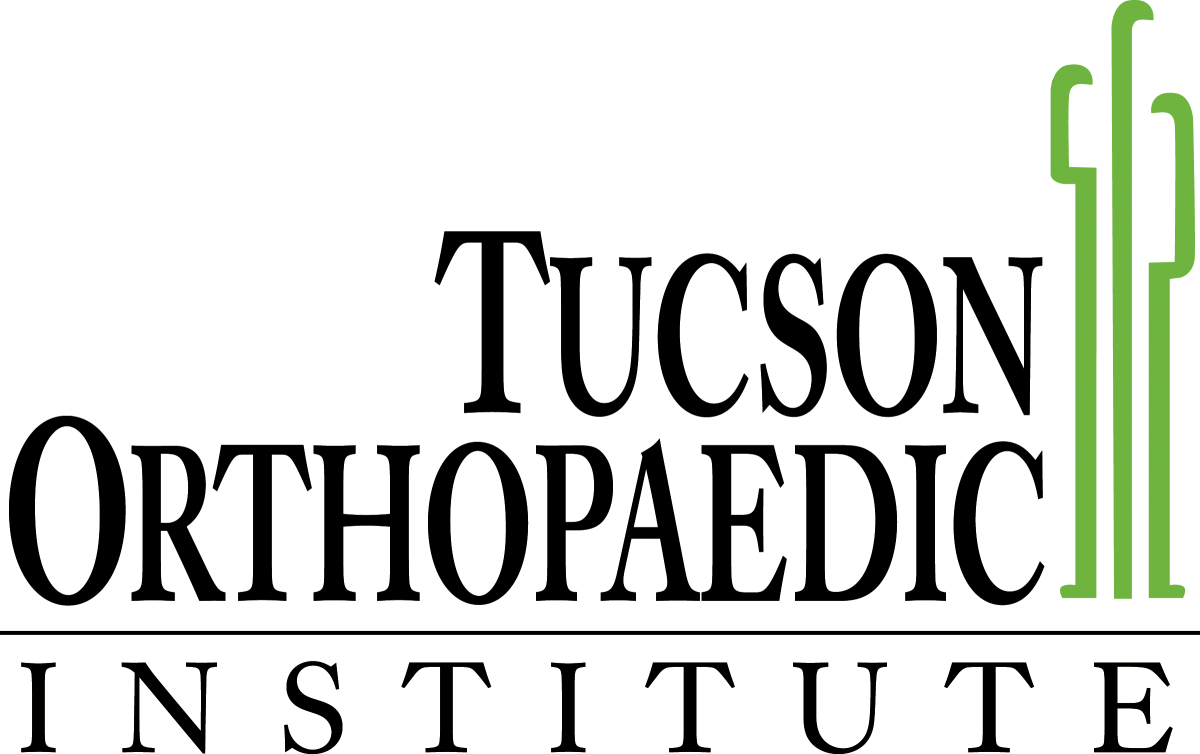Advancing Knee Surgery
Oro Valley Hospital is the first hospital in Southern Arizona to provide patients with a revolutionary surgeon-controlled robotic-assisted procedure for partial knee resurfacing.
The Rio Robotic Arm Interactive Orthopedic System allows surgeons to treat patient-specific knee conditions with a level of accuracy and precision not previously possible. Arizona now joins 35 states in the nation using MAKOplasty partial knee resurfacing technology.
For the patient, robotic surgery means nearly a third less time in the hospital and about half the recovery time.
According to the American Academy of Orthopedic Surgeons, knee replacement surgery has become one of the most successful of all joint replacement procedures in the country. The Agency for Healthcare Research & Quality reports that more than 600,000 knee surgeries are performed annually.
The knee is the largest joint in the body, located at the juncture of the femur, the tibia and patella. The femur and the tibia are connected by the anterior and posterior cruciate ligaments. During movement, the joint is cushioned by the meniscus, a tough cartilage material. The patella, or kneecap, is a small bone encased in tendons, that glides up and down in the groove on the top of the femur when the knee is flexed or extended. Where the femur meets the tibia, there is an inner (medial) and outer (lateral) compartment. The patella makes up the third compartment.
Previously, there was no way to repair a single compartment in the knee. When degeneration occurred, a total knee replacement was required.
With this new technology, surgeons can now conduct a minimally invasive procedure to remove early stages of osteoarthritis that have not yet reached all three compartments of the knee. Unlike other robotic systems, the Rio is controlled completely by the surgeon in the operating room, allowing for the greatest precision and saving as much of the knee and surrounding tissue as possible.
From a surgeon’s perspective, the robot provides for an increased level of accuracy,” said Dr. Kevin Bowers, an orthopedic surgeon who has performed nearly a half-dozen partial knee replacement procedures at Oro Valley Hospital. “The robot provides an element of control and an increased level of accuracy that is estimated at two to three times the traditional procedure. Getting that precise alignment can be the key to the longevity of the procedure. The robot’s biggest advantage is that level of accuracy.”
Bowers said he just saw his first patient at his two-week follow up and the patient came into the office without the use of any walking aids. “It’s doing what we expect it to be doing.”
Partial knee replacement procedures had been tried over the years, but with mixed and often disappointing results, Bowers said. “Partial knee replacement can be a little persnickety,” mostly because the ability to provide proper alignment among the three compartments, and to accurately remove degenerative tissue. About 10 years ago there was a revival in the interest in partial knee replacements as technological advances continue to drive research into ways of improving the ability to prolong joint and bone life, he said.
Partial knee resurfacing is not for everyone. Osteoarthritis must be in the early stages, and the procedure is not recommended for patients with inflammatory arthritis as that tends to extend to other parts of the body and caring for a joint at one source will unlikely solve the issue elsewhere.
There are two surgeons using the Rio system at Oro Valley Hospital – Dr. Bowers and Dr. James Benjamin. More orthopedic surgeons are seeking certification, but are not yet using the robot to perform surgeries on patients.
To find out if you are a candidate for this procedure, Oro Valley Hospital hosts free seminars.
To learn more, visit www.orovalleyhospital.com or call the seminar registration line at (866) 694-9355.
By Mary Minor Davis, September 15, 2012
Original source: https://biztucson.com
